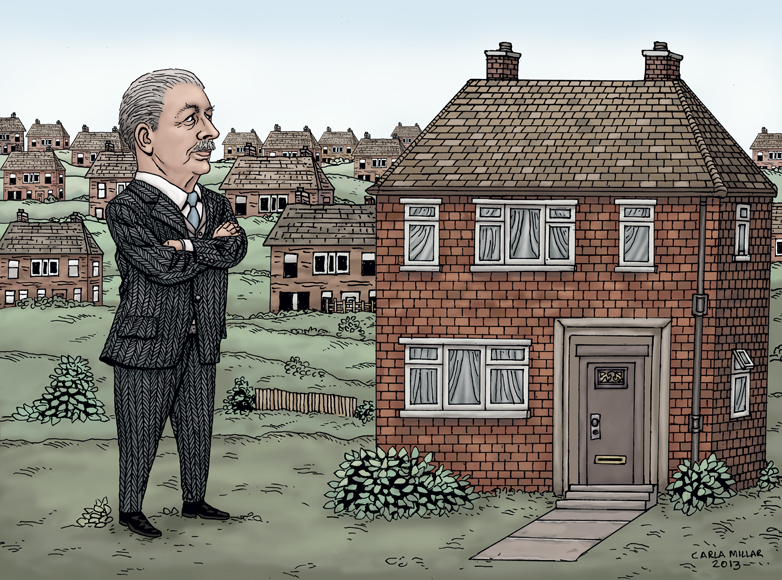It was a cold, crisp October morning when Prime Minister Winston Churchill ushered in the man that would become known as ‘Super Mac’ to his study. Harold Macmillan was one of Churchill’s most able political colleagues. Eton educated, a war veteran, a political survivor, he shared a similar world view to Churchill. He was also, unlike Churchill, an experienced man of business.
Churchill had learnt a stinging lesson from his 1945 election defeat, ignore the domestic front at your peril. In 1951, his party had been returned to power on an ambitious domestic agenda: a promise to deliver 300,000 homes a year. Macmillan, a man with no experience of housing or construction, was handed the task to achieve it.
The fact that ‘Super Mac’ rose to the challenge and was able to oversee a significant uptick in the nation’s construction of new homes is one of most eye-catching achievements of all post-war British governments. Fast forward to today, and our policy makers still hark back to this perceived golden age of British housebuilding when setting the intent. Today’s ambition of delivering 300,000 homes is pegged at the same level. Yet, housing starts cannot get near the consistently high performance of the ‘Super Mac’ era.
It is now broadly accepted that the private sector cannot alone meet a target of 300,000 homes a year. This has driven the decision by the Government to lift the borrowing cap for local authorities in this week’s Budget. Time to bring back the council house builders.
The Treasury thinks the lift of the cap yields an extra £385 million in the next year alone and over the next cycle could lead to an additional £1.24 billion cash injection into house building. Is the money enough to move the dial? Yes, but not substantially.
When Harold Macmillan took charge of the nation’s house building he operated through ten regional boards. Today, in London alone, there are currently 14 Boroughs with direct delivery programmes and 17 with wholly-owned development companies. There are some fine examples out there of the public sector leading the way. But the picture is not coordinated and more importantly, they are all competing for a limited pool of talent.
Macmillan had an eye for talented people. He staffed his teams with some of the best the industry had to offer. It’s difficult for today’s public sector to replicate because with so many local authorities undertaking their own programmes there will be an inevitable splintering of a finite pool.
So what can be done? Firstly, in due course it will be helpful for authorities to collaborate and in some case combine their programmes. Secondly, Homes England, the Government’s housing agency, should be further empowered to undertake directly delivery and to act as facilitator and leader within some local authority areas. Thirdly, right to buy may inhibit some councils from exposing themselves to full throttle programmes only to see their stock whittled down regardless.
Finally, all of this needs to be seen in the spirit of public-private partnership. The private sector currently holds a monopoly on talent and also has a vast capital pool which can be utilised. The public sector is a significant land holder and enabler and now also has some financial firepower. Combine the two and we might have a good shot at returning to significant and consistent levels of output.
One final point though, all of this will take time. The structures and levers of today are not as centralised as the past. This could mean that material results will still take potentially years to have an impact. Unfortunately, those currently in need of homes don’t have the benefit of patience.










